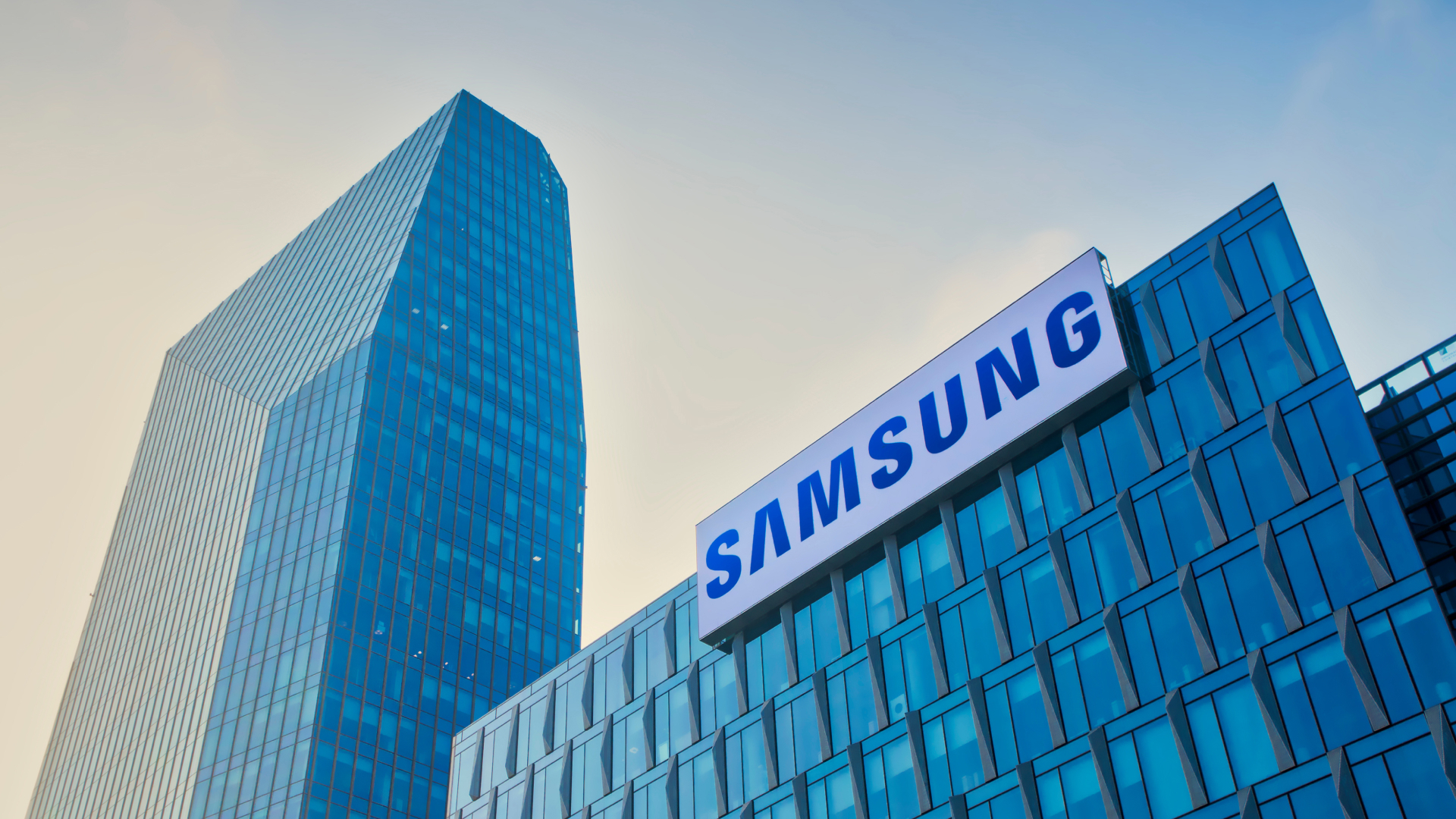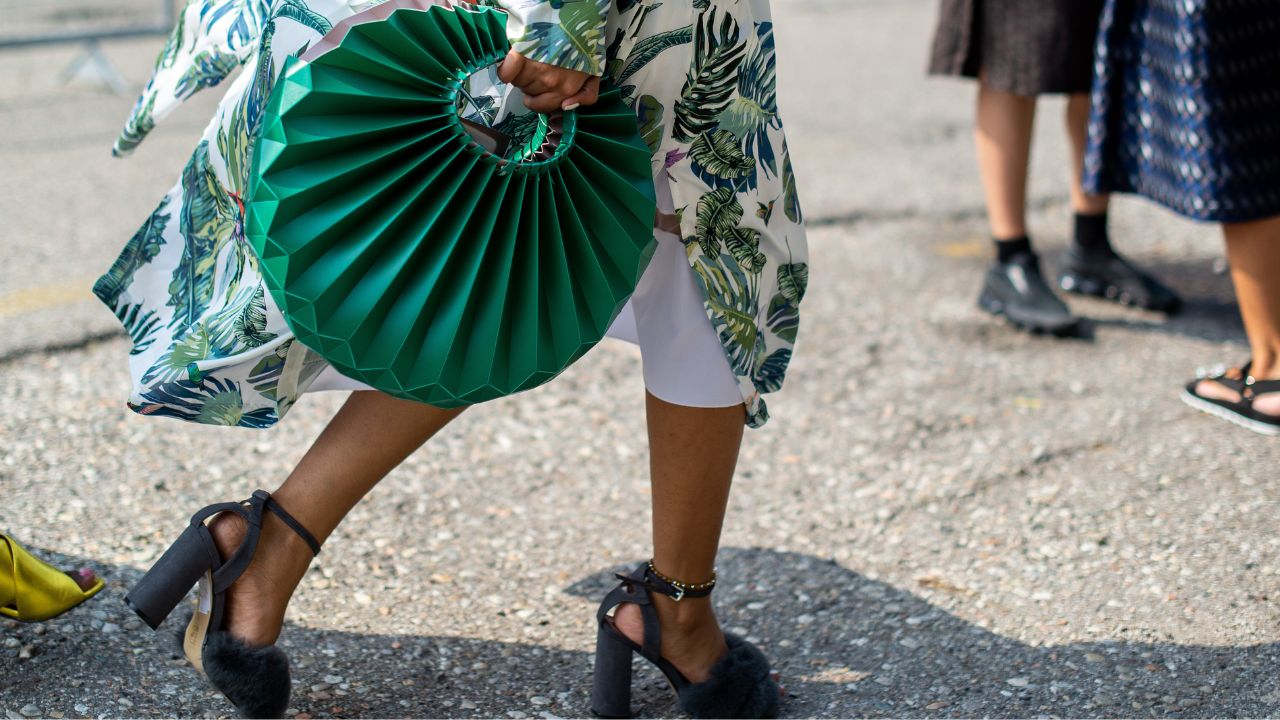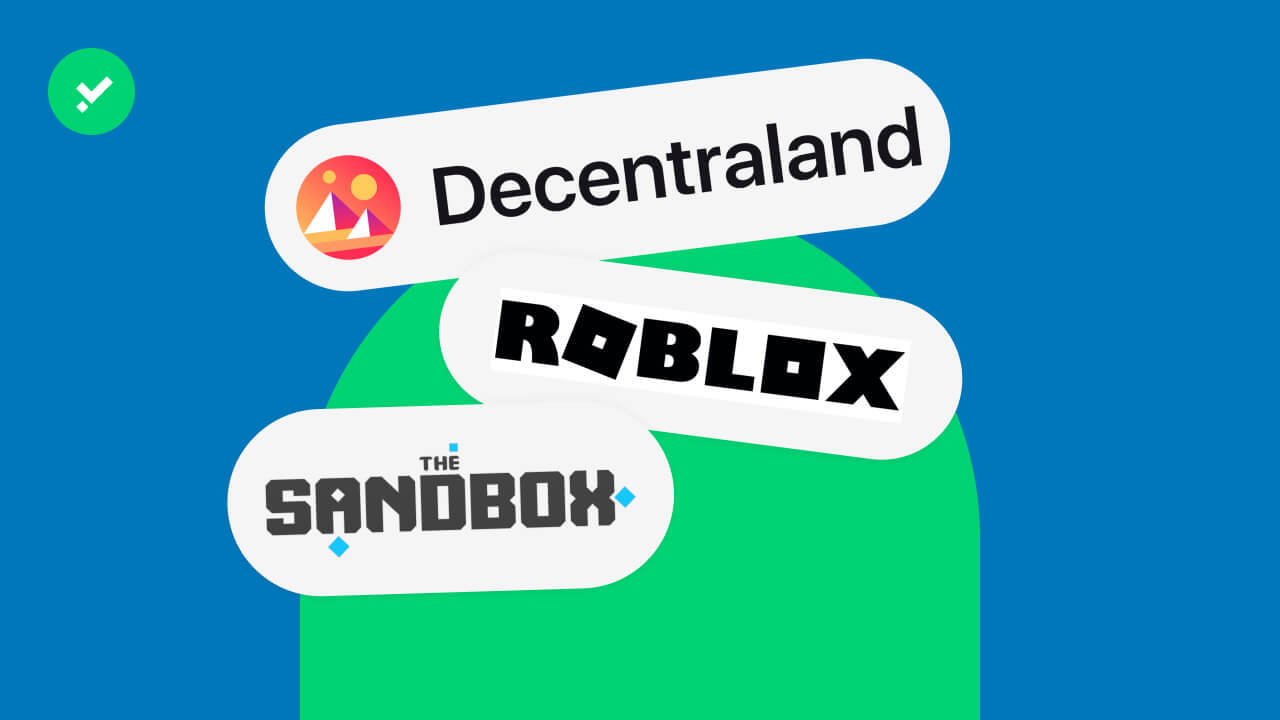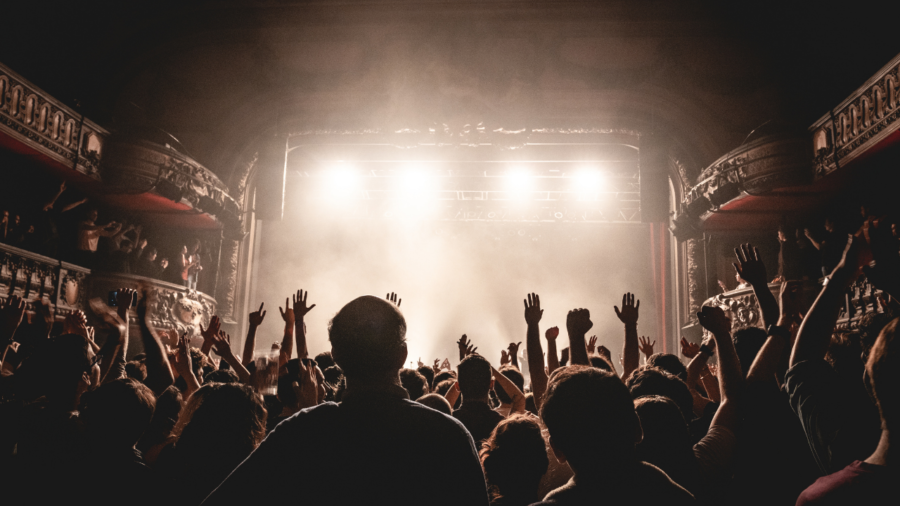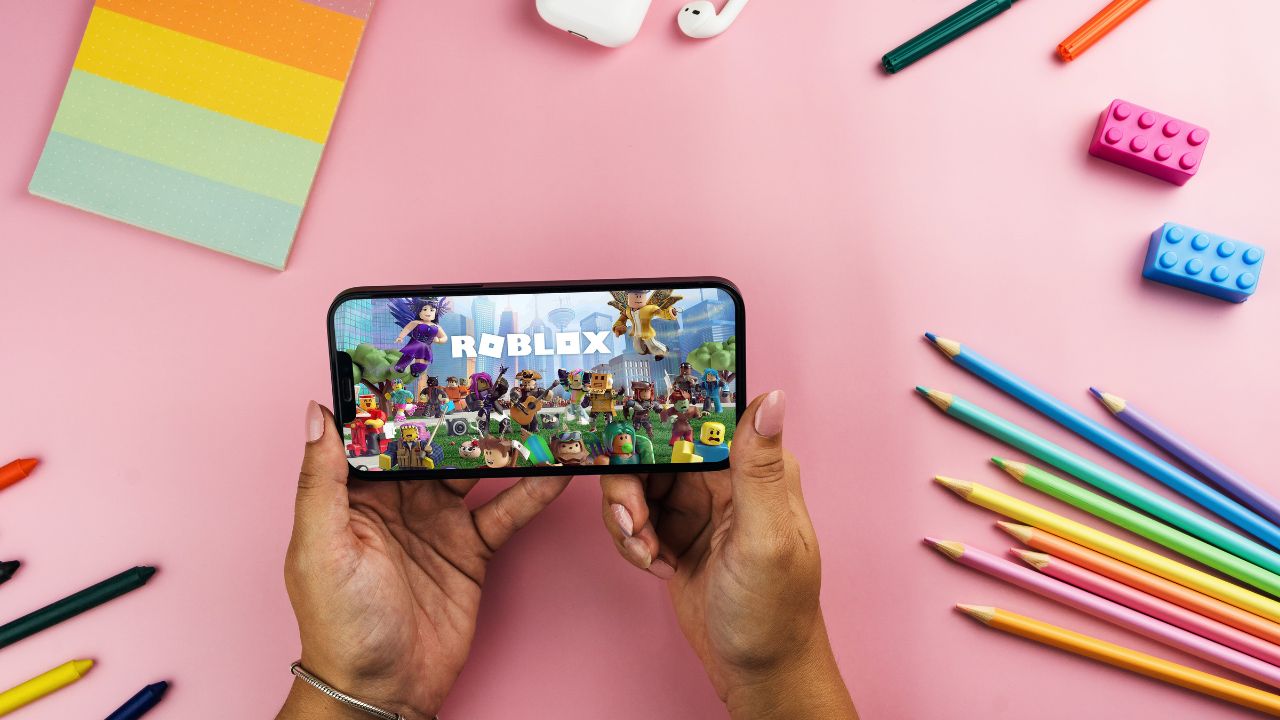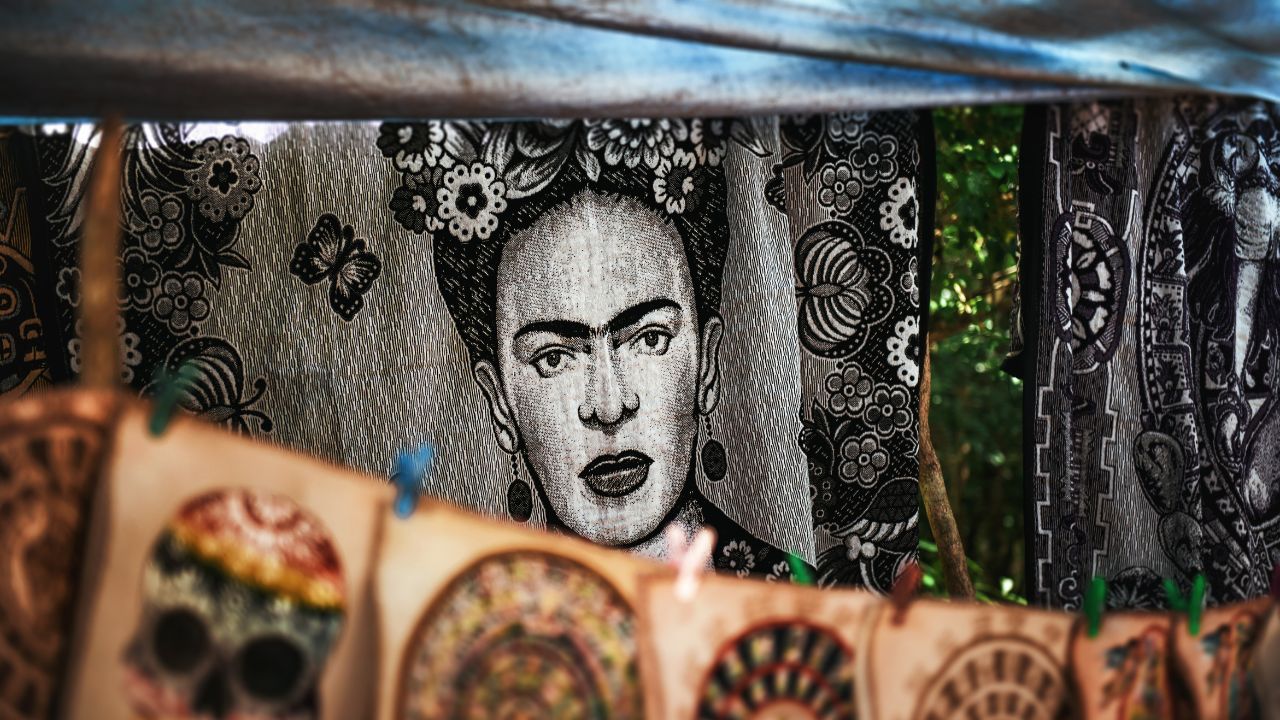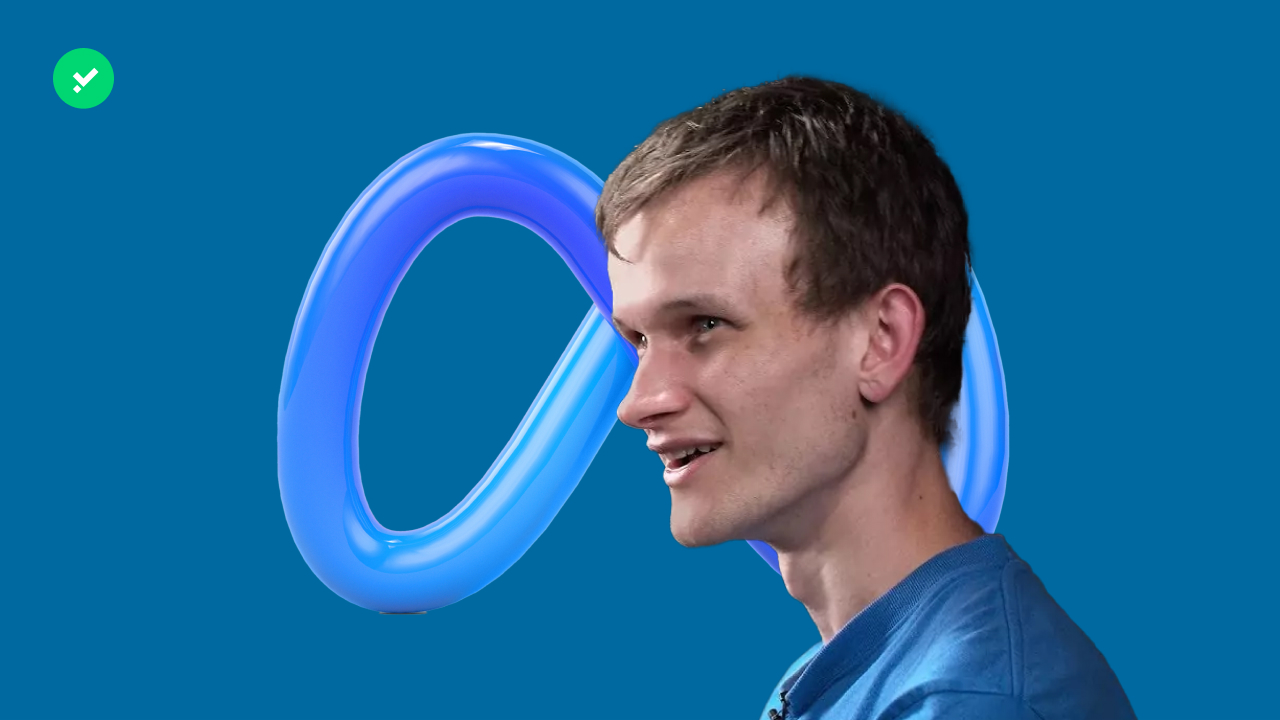Samsung’s investments in the crypto world followed the announcement that it has invested in the crypto company Startale Labs, which is working on Sony-owned Ethereum Layer 2.
It’s happening! Large ‘traditional’ technology companies are entering the crypto world with a ‘leg up’, as demonstrated by Sony’s announcement last week. The entertainment giant presented Soneium, an Ethereum Layer 2 developed in collaboration with blockchain company Startale Labs, to the public, which also attracted the interest and capital of Samsung.
Unlike Sony, however, South Korea has been exploring the world of cryptocurrencies for several years through its venture capital fund, Samsung Next. This is why it may be curious to analyse Samsung’s investments in the crypto world. How does the company finance the start-ups? If you follow the sector with interest, you will know some of them!
- Axie Infinity
SamsungNext believed in one of the most popular Web3 games in the crypto world and participated in the $152 million (Series B) funding round by Sky Mavis, the software house behind the game’s development.
Buy AXS!
Axie Infinity and its development team raised around $315 million in investments in six rounds.
- Sui (SUI)
The blockchain created by Meta’s team of former employees certainly attracted a lot of attention in its early months. The depth of its early employees and the technological premise have enabled this blockchain company to raise large amounts of capital and re-enter the crypto companies in which Samsung has invested.
Buy SUI!
The technology giant acquired shares in Sui in December 2021, during the blockchain company’s first funding round (series A).
- Alchemy
Alchemy is one of the most popular developer platforms in the crypto world, as it offers developers everything they need to develop decentralised applications (dapp). It is not as popular as the projects mentioned above precisely because it is dedicated to the so-called builders, those who are in charge of building the blockchain protocols we use.
The investments attracted by this crypto company, in which Samsung also participated, show that Alchemy is a Web3 institution. It has raised a total of approximately USD 560 million and is valued at more than USD 10 billion. The top names that have participated in several rounds also include Andreessen Horowitz (a16z), Coinbase Venture, and Pantera Capital.
- Yuga Labs
The Web3 company that released the NFT collection ‘Bored Ape Yacht Club’ (BAYC) has also received capital from Samsung, perhaps because the South Korean company wants to keep up and aims to fit into entertainment 3.0. Samsung contributed to this NFT company in March 2022, during Yuga Labs’ only funding round, through which it raised USD 450 million.
At that time, the Bored Apes of BAYC were at the height of their success. The minimum price for a single non-fungible token was around 100 Ethereum, more than $300,000. Today, however, the collection and the entire NFT market have shrunk dramatically, and it is possible to buy a Bored Apes for about 10 ETH, less than $30,000 at today’s price.
- The Sandbox
Even though this segment of the crypto world has not been doing well lately, the world’s most popular metaverse has attracted more than $100 million in investments in the past year.
See the SAND chart!
At the height of its success (November 2021), The Sandbox closed a USD 93 million funding round in which SamsungNext and LG Technology Ventures, the fund owned by one of the Korean company’s main competitors, also participated.
These are just a small part of Samsung’s investments in the crypto world. Also worth mentioning are LayerZero, a leading blockchain interoperability protocol; SuperRare, an NFT marketplace dedicated to digital art; and Messari, a widely used database and intelligence network for the crypto world. Now, after its commitment to Startale Labs, Samsung’s Web3 investment season is starting up again. Keep following us so you don’t miss the next one!


